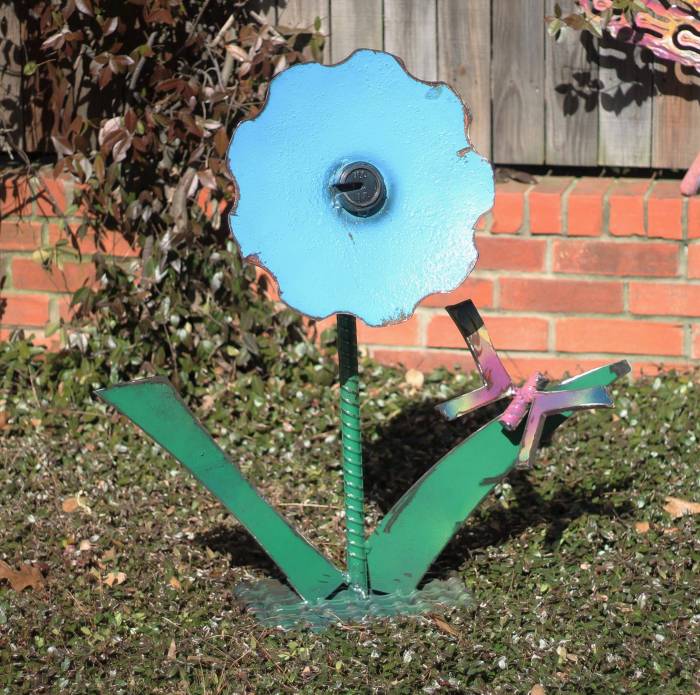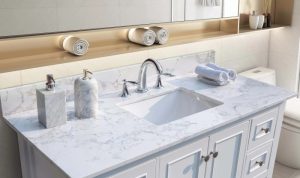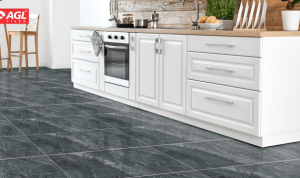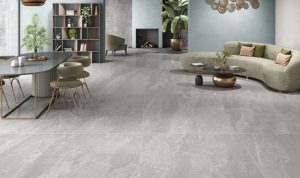Market Overview of Outdoor Metal Yard Decor

The outdoor metal yard decor market is experiencing robust growth, driven by increasing homeowner interest in enhancing curb appeal and creating aesthetically pleasing outdoor spaces. This trend is fueled by a rise in disposable income, a greater focus on home improvement projects, and the enduring popularity of landscaping and garden design. This overview examines current trends, popular styles, price points, and the properties of different metals used in this thriving sector.
Current Trends in Outdoor Metal Yard Decor
Current trends showcase a move towards more sophisticated and intricate designs, moving beyond simple silhouettes. Consumers are increasingly seeking pieces that reflect personal style and add a unique touch to their outdoor spaces. The use of mixed materials, combining metal with wood, stone, or concrete, is also gaining traction. Furthermore, there’s a noticeable shift towards sustainable and eco-friendly options, with recycled metal becoming a more prominent material choice.
The demand for durable, weather-resistant pieces capable of withstanding various climates is also a key driver. For example, the popularity of powder-coated finishes which provide superior protection against rust and corrosion is significantly increasing.
Popular Styles of Metal Yard Decor
Several styles dominate the outdoor metal yard decor market. Wrought iron, with its classic elegance and intricate detailing, remains a perennial favorite. Modern minimalist designs, characterized by clean lines and geometric shapes, are also highly sought after, reflecting contemporary architectural styles. Rustic styles, often incorporating distressed finishes or aged patinas, create a charming, vintage aesthetic. Finally, the trend toward incorporating whimsical and artistic pieces, such as metal animal sculptures or decorative wall hangings, adds a playful and personalized touch to outdoor spaces.
The popularity of these styles is influenced by the overall design aesthetic of the home and surrounding landscape.
Price Points of Metal Yard Decor Items, Outdoor metal yard decor
Price points vary significantly depending on the size, material, design complexity, and brand reputation. Smaller, simpler items, such as metal plant stands or small decorative accents, can range from $20 to $100. Larger, more elaborate pieces, like intricate wrought iron benches or oversized sculptures, can cost several hundred or even thousands of dollars. High-end, custom-designed pieces can command significantly higher prices.
The price also reflects the labor involved in creating the piece, particularly for hand-forged wrought iron items.
Comparison of Metal Types Used in Yard Decor
The choice of metal significantly impacts the durability, aesthetics, and cost of outdoor yard decor. The following table compares three common metal types:
| Metal Type | Durability & Weather Resistance | Aesthetic Qualities | Price Point |
|---|---|---|---|
| Wrought Iron | High durability; susceptible to rust without proper treatment | Classic, ornate designs; intricate detailing | High to very high |
| Steel | High durability; requires protective coatings to prevent rust | Versatile; can be styled in various ways | Medium to high |
| Aluminum | Lightweight; excellent corrosion resistance; requires less maintenance | Modern, sleek designs; often powder-coated | Medium to low |
Manufacturing and Sourcing of Metal Yard Decor

The creation of metal yard decor involves a complex interplay of material sourcing, manufacturing processes, and design aesthetics. From the initial selection of raw materials to the final finishing touches, each stage contributes to the overall quality and appeal of the finished product. Understanding this process provides valuable insight into the industry’s dynamics and the factors influencing pricing and availability.
The manufacturing process for metal yard decor varies significantly depending on the complexity of the design and the desired aesthetic. Let’s consider the example of a metal wind chime, a popular item in this market segment. The process typically begins with the selection of appropriate metal sheets, often aluminum or steel, based on factors like durability, weight, and cost-effectiveness.
These sheets are then cut into the desired shapes using laser cutting or stamping machines, offering precision and efficiency. After cutting, the individual pieces are bent and shaped using specialized tooling, often involving manual processes for intricate designs. Holes are drilled for hanging mechanisms and decorative elements are added. Finally, the components are assembled, often with welding or riveting, and the wind chime is finished with a protective coating to prevent rust and enhance its aesthetic appeal.
Intricate swirls of wrought iron, bold geometric shapes punched from steel—outdoor metal yard decor offers a rugged charm. For a grander statement, consider scaling up with impressive pieces, perhaps even incorporating outdoor wall decor large metal art panels to create a focal point. Then, return to the smaller-scale delights of metal yard art, such as whimsical wind spinners or charming decorative birds, to complete your outdoor aesthetic.
Different metals will require different treatments and finishing processes to ensure longevity and visual appeal.
Metal Sourcing and Material Selection
Raw materials for metal yard decor are primarily sourced from metal mills and suppliers specializing in sheet metal, rods, and other metal forms. The choice of metal significantly impacts the final product’s cost, durability, and aesthetic. Steel is a popular choice due to its strength and affordability, while aluminum offers lighter weight and better resistance to corrosion. Other metals, such as wrought iron, copper, and brass, are used for more decorative or high-end pieces, often commanding higher prices due to their unique properties and aesthetic qualities.
The sourcing process involves careful consideration of material quality, consistency, and cost, ensuring a reliable supply chain to meet market demand. Sustainability concerns are also increasingly influencing sourcing decisions, with a growing emphasis on recycled metals and environmentally responsible manufacturing practices.
Manufacturing Technique Comparison
Several manufacturing techniques are employed in the production of metal yard decor. Casting involves melting metal and pouring it into molds, suitable for intricate designs but potentially more expensive. Forging involves shaping metal using hammers or presses, resulting in strong and durable pieces, often used for larger, more robust items. Stamping utilizes dies to press metal into specific shapes, ideal for mass production of simpler designs.
Laser cutting offers precision and flexibility for complex shapes, but can be more costly than stamping for high-volume production. The choice of technique depends on factors such as design complexity, production volume, and desired quality. Often, a combination of techniques is used to optimize the manufacturing process.
Metal Garden Statue Production Steps
The creation of a metal garden statue involves a multi-stage process requiring skilled craftsmanship and precision. The following steps Artikel a typical production flow:
The steps involved in creating a metal garden statue highlight the intricate nature of the manufacturing process. Each step contributes to the final product’s quality and artistic merit.
- Design and Modeling: Creating the initial design concept and 3D model of the statue.
- Metal Selection and Preparation: Choosing the appropriate metal (e.g., aluminum, steel, bronze) and preparing the raw material (e.g., cutting, shaping).
- Fabrication: Using techniques like casting, forging, welding, or a combination thereof to create the statue’s form.
- Detailing and Finishing: Adding intricate details, smoothing surfaces, and removing imperfections.
- Surface Treatment: Applying protective coatings (e.g., powder coating, painting) to enhance durability and aesthetics.
- Quality Control: Inspecting the finished statue to ensure it meets quality standards.
- Packaging and Distribution: Preparing the statue for shipping and distribution to retailers or consumers.
Sustainability and Environmental Impact: Outdoor Metal Yard Decor
The burgeoning popularity of outdoor metal yard décor presents a double-edged sword. While it adds aesthetic appeal to homes and gardens, its production and disposal significantly impact the environment. Understanding this environmental footprint is crucial for both manufacturers and consumers to make informed choices that minimize harm. The lifecycle of metal yard décor, from raw material extraction to eventual disposal, demands careful consideration of sustainability.The manufacturing process of metal yard décor often involves energy-intensive steps, including mining, smelting, and fabrication.
These processes release greenhouse gases, contributing to climate change. Furthermore, the use of certain coatings and paints can introduce harmful chemicals into the environment. Disposal of these items, if not done responsibly, leads to landfill accumulation and potential soil and water contamination.
Sustainable Practices in Metal Yard Décor Production
Adopting sustainable practices throughout the production cycle is vital to mitigate the environmental impact. This includes utilizing renewable energy sources to power manufacturing facilities, reducing waste through optimized production processes, and selecting environmentally friendly coatings and paints with low volatile organic compound (VOC) content. For example, a manufacturer could invest in solar panels to power their factory, minimizing reliance on fossil fuels.
Implementing lean manufacturing techniques can also reduce material waste and energy consumption. Choosing water-based paints over solvent-based ones reduces harmful emissions.
Use of Recycled Materials in Metal Yard Décor
Incorporating recycled materials is a significant step towards sustainable production. Recycled steel and aluminum are readily available and require less energy to process than virgin materials. This reduces the demand for newly mined resources, minimizing the environmental disruption associated with mining and transportation. For instance, a company might use recycled steel from demolished buildings or scrapped vehicles to create its metal yard art.
The use of post-consumer recycled materials is particularly impactful as it diverts waste from landfills and promotes a circular economy.
Responsible Recycling or Disposal of Old Metal Yard Décor
Responsible disposal is the final, yet crucial, element of sustainability. Instead of discarding old metal yard décor in landfills, consumers should actively seek recycling options. Many scrap metal yards accept metal yard décor, allowing for the material to be reprocessed and reused. Local recycling centers may also offer appropriate disposal methods. Understanding the composition of the décor—whether it’s simply metal or includes composite materials—is important to ensure proper recycling.
For example, a homeowner could take their old metal bird feeder to a local scrap yard, where it would be melted down and used to create new products. This prevents the metal from ending up in a landfill and contributes to resource conservation.
FAQ Overview
What are the best ways to protect my metal yard decor from rust?
Regular cleaning and applying a rust-inhibiting sealant or paint are key. Consider using a protective coating specifically designed for outdoor metal use.
How often should I clean my metal yard decor?
Cleaning frequency depends on weather conditions and location, but generally, cleaning once or twice a year is recommended using mild soap and water.
Can I use harsh chemicals to clean my metal yard decor?
No, avoid harsh chemicals as they can damage the finish and potentially cause corrosion. Stick to mild soap and water.
Where can I find replacement parts for damaged metal yard decor?
Contact the manufacturer or retailer where you purchased the item. Some smaller pieces might be replaceable through online retailers.





